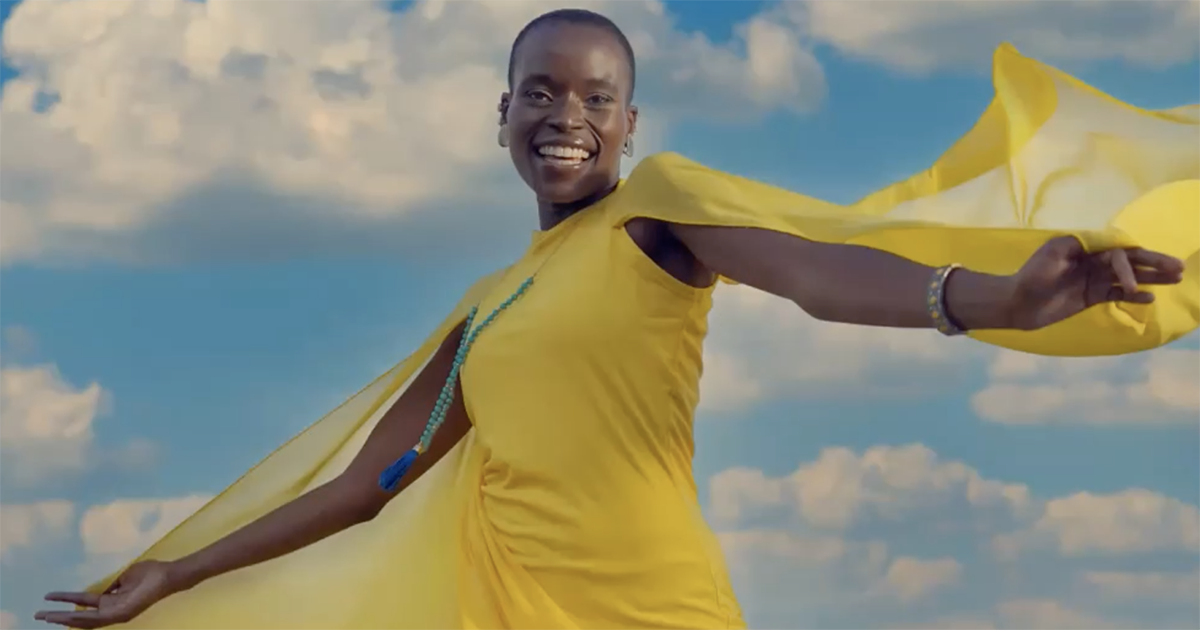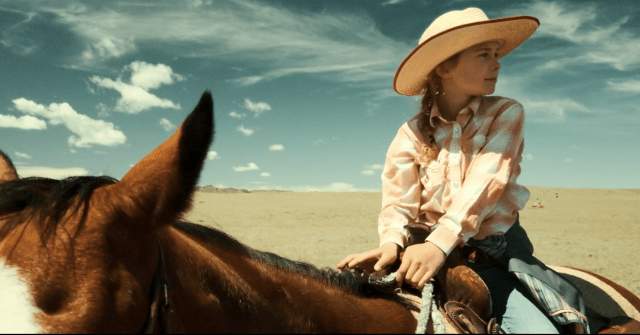
TL;DR
- With the increasing availability of high-quality 4K and 8K video, more and more photographers are turning to video to capture key moments.
- techniques and tools that can make the process easier. He shares how to optimize camera settings for video capture, as well as how to extract high-quality stills from your video footage.
- In short, don’t be afraid to embrace video in your photography workflow. By mastering the basics of video capture and learning how to understand your camera settings, you’ll be able to create surprising and impressive results that will set you apart from the competition.
Every pro and semi-pro content creator should learn how to shoot video and extract still photos if they want to make money in future, according to expert Scott Robert Lim.
“Everybody should get into video, everybody should start to become a hybrid shooter,” he says. “There are a billion video views per day on Facebook and 86% of businesses use video as a marketing tool. So if you’re not learning how to do it, you’re losing out on money.”
Lim, who is a certified educator and winner of over 70 international awards including Top Ten Most Influential Photographers, details about how stills shooters can shift into video in a masterclass presented by Sony and B&H.
This intensive session provides an overview of how stills photographers can shift their skills into video and extract still frames so that they are performing one workflow but expanding the range of platforms and publications for their work.
“I wanted to show this concept of pulling frames because I believe that this is literally the future,” Lim explains. “I know it’s a little bit early for some people but in five years, this is going to be common practice, especially as technology gets better and better.”
Every still frame in Lim’s hour-long presentation is a still pulled from video. He says that he first started experimenting with the concept during COVID and also because he realized that video is comprising nearly 100% of all media online.
“It was totally amazing to me that I was able to get a frame and then in Photoshop do my magic [and create] a totally usable image from something that I just thought was a castaway video.”
He shows how he pulled a still from a video shot at 8K and increased the resolution in Photoshop (using its AI tools) to a 32-megapixel file that any leading magazine would be comfortable using in print.
Of course, it’s a little more complicated than that. While with stills you might worry about resolution and format (along with composition and lighting, of course), if you’re pulling frames from video there are multiple parameters to juggle.
Lim deep dives great detail about frame rate, shutter speed, bit rate and compression. He also discusses color bit depth and color sample rates.
“That’s the reason why video is difficult, because the quality changes according to all these little things,” he says. “Your workflow [will mean] you create the video and then extract stills from the video so it’s a much more like the workflow is killing two birds with one stone.”
For instance, for social media the standard requirement is HD (2K) and not higher resolution. So for video for social media you will only have to shoot in full HD Or you can shoot in 4K and crop the heck out of it, he says.
“The pixel dimensions of an Instagram reel are full HD. So if I were shooting a 4K video and let’s say I didn’t want to turn it portrait, I just wanted to keep it landscape, there’s so much resolution there I could just crop the middle and I would have plenty of resolution for the reel. Or I could flip it and shoot it in portrait and then I could crop more than half of it and still have enough resolution for an Instagram reel.”
The information can be overwhelming but Lim recommends just hitting video record and see what comes out of it.
“Some of your greatest captures you’re going to find are not the ones that are the sharpest, or the ones with the highest pixel count or megapixel count. It’s the ones that you just feel when you look at them. So go out there, shoot, have fun with it.”
Watch the video at the top of the page, where Lim reveals what he calls his “magic hybrid settings” for doing both video and stills.
Announcing Our Photo+Video Lab at NAB Show New York, October 25-26
So what is it? It’s a space where the worlds of photo and video converge, where image-based, still photography fuses with motion capture, where you trade in existing for expansive, or simply find the inspiration to try something new.
Best of all, it’s a space to connect — not only with the end-to-end workflow for your craft, but with your community. Content creators. Photographers. Videographers. And so many others through photowalks, meetups, Q&A sessions, demos, exhibits, workshops and more!
Learn more HERE.


